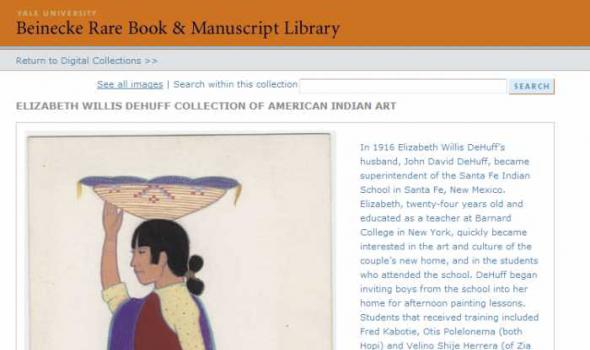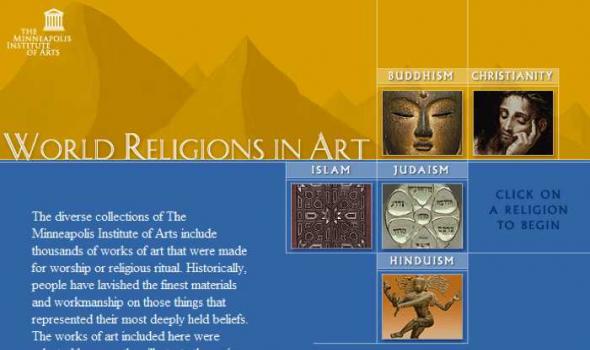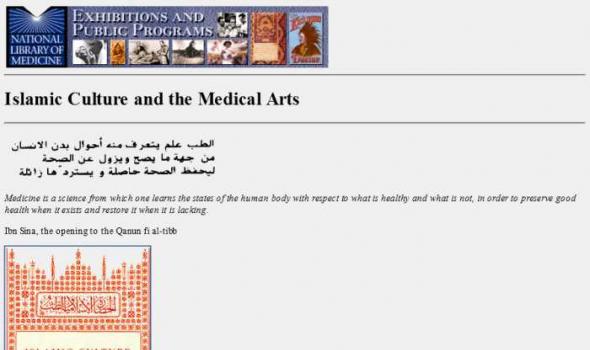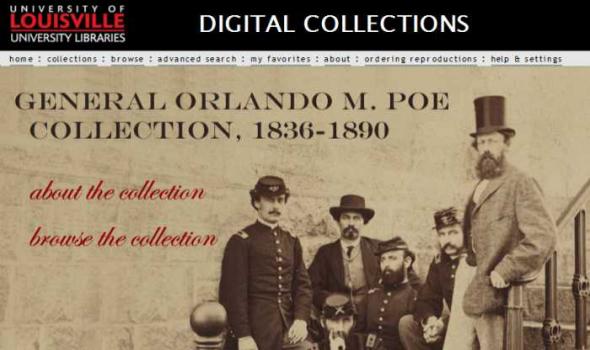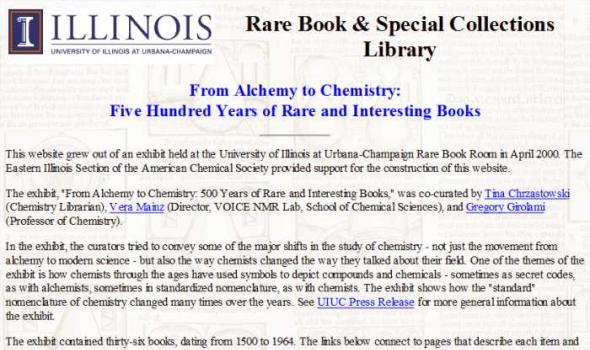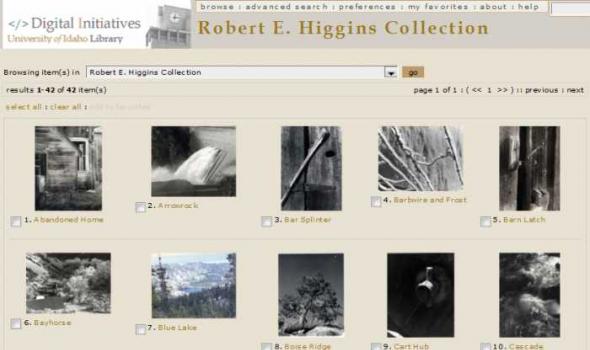Native American art
In 1916 Elizabeth Willis DeHuff’s husband, John David DeHuff, became superintendent of the Santa Fe Indian School in Santa Fe, New Mexico. Elizabeth, twenty-four years old and educated as a teacher at Barnard College in New York, quickly became interested in the art and culture of the couple’s new home, and in the students who attended the school. DeHuff began inviting boys from the school into her home for afternoon painting lessons. Students that received training included Fred Kabotie, Otis Polelonema (both Hopi) and Velino Shije Herrera (of Zia Pueblo).
The Collection Just under 300 engravings, watercolors, and illustrations drawn from books, archival collections, and artwork from the Beinecke Library's Western Americana and General collections. Cite as: Beinecke Rare Book and Manuscript Library, Yale University
The Art of Daily Life There is no equivalent in the many Native American languages for the word art . Yet the objects here suggest that Native Americans are a highly spiritual people who create objects of extraordinary beauty. In Native American thought there is also no distinction between what is beautiful or functional, and what is sacred or secular. Design goes far beyond concerns of function, and beauty is much more than simple appearances. For many native peoples, beauty arises from living in harmony with the order of the universe.The concerns and aspirations of a vital contemporary American Indian population changes as the world changes.
